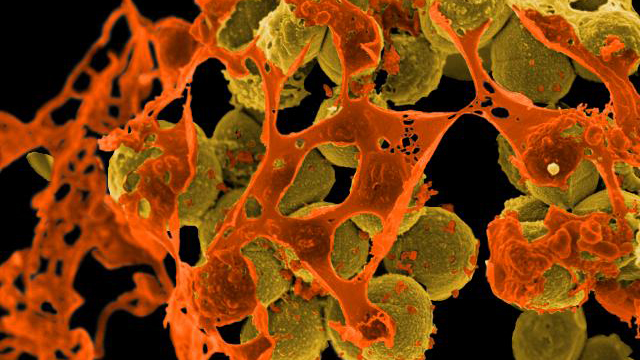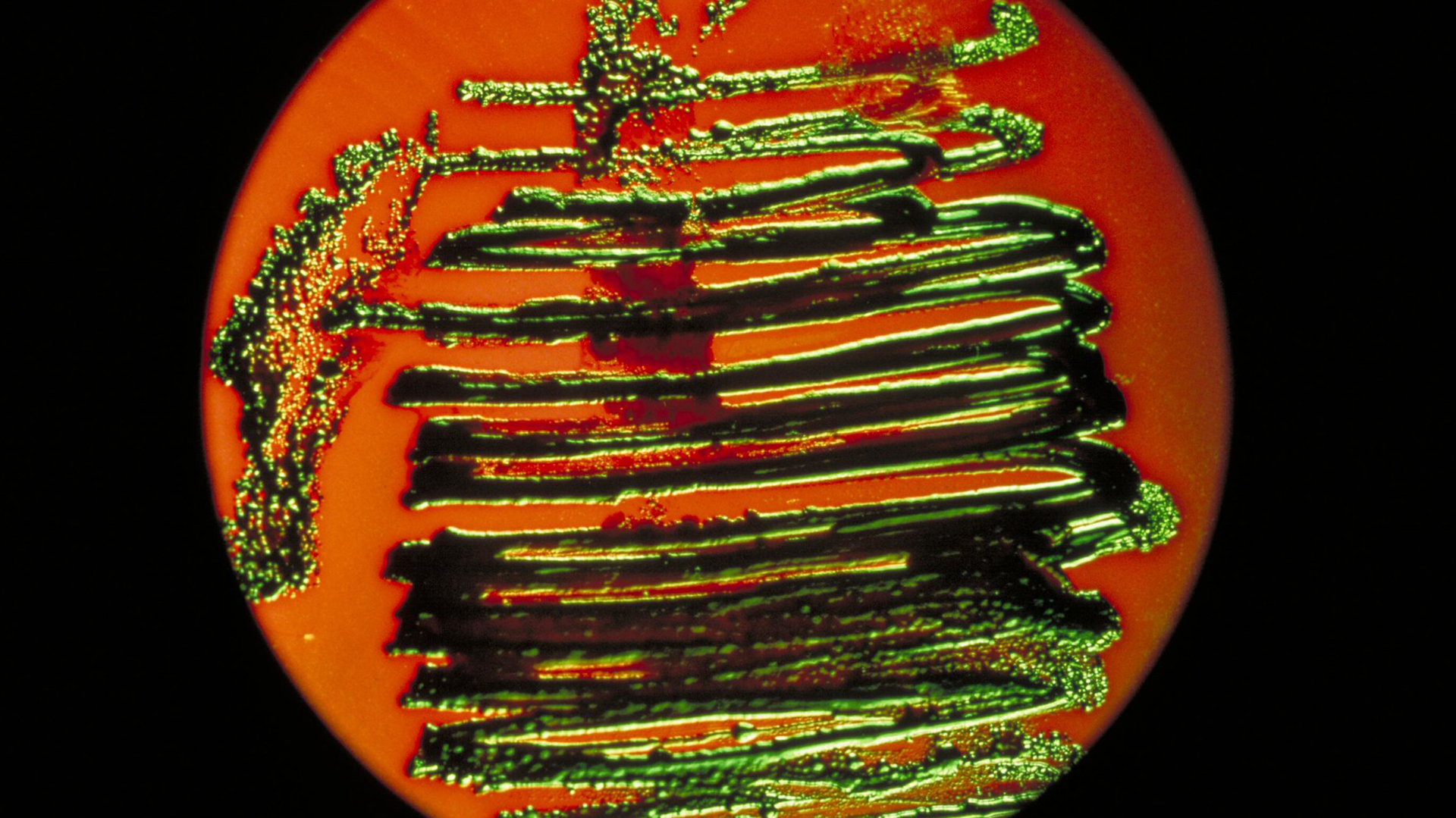Metabolic Signaling and Regulation

Metabolic signaling and regulation is crucial for any organism during phenotypic adaption to shifting environmental conditions. In our group we focus on bacterial and bacteriophage adaptive regulation, especially in relation to:
- performance of production strains in industrial fermentation
- survival and infection of pathogenic bacteria.
Secondary messengers are extremely important in metabolic signaling, but also common metabolic intermediates have regulatory functions. Especially nucleotide secondary metabolites, having no role except their signaling function, are central. The GTP-derived “alarmone signals” ppGpp and pppGpp accumulate upon starvation for various nutrients, and re-program most of the bacterial phenotype. Cyclic nucleotides like cAMP, di-cyclic AMP, and di-cyclic GMP likewise accumulate and re-program the bacterial phenotype under specific conditions.
We strive to analyze, describe, and predict how bacteria process information about metabolic status, through the use of metabolic signals and secondary messengers, into a re-programming of the bacterial phenotype. The knowledge is used for synthetic biological re-design or tweaking of the regulatory networks to gain desirable functionalities.
Our pet organisms: The lactic acid bacterium Lactococcus lactis, the pathogenic bacterium Staphylococcus aureus, and the important production organisms Bacillus subtilis and Escherichia coli. Of special interest is the bacteriophage TP901-1 and its fascinating epigenetic switch that determines life or death of the infected L. lactis host.


